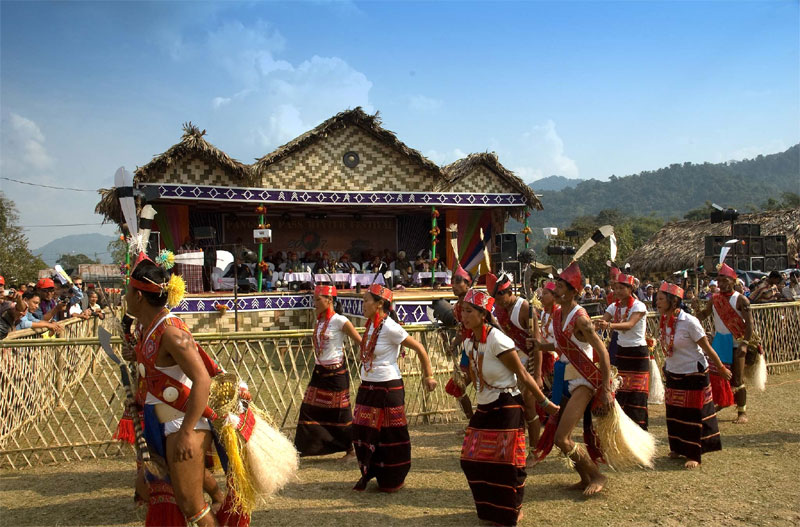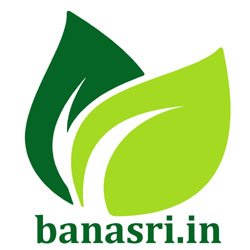
Festivals of Arunachal Pradesh
Arunachal Pradesh, often called the “Land of Dawn-Lit Mountains,” is known for its rich cultural heritage and diverse ethnic communities. The festivals celebrated here are a vibrant reflection of the traditions, customs, and beliefs of its people. Below is a detailed exploration of some of the most significant festivals of Arunachal Pradesh.
Losar Festival
Time of Festival
- February or March
Specialty of the Festival
- Significance: Tibetan New Year, marking the beginning of the lunar calendar.
- Activities: Rituals, prayers, dances, and feasts.
Locality of the Festival
- Celebrated by: Monpa tribe
- Major Locations: Tawang and West Kameng districts
Nature of the Festival
- Type: Religious and cultural
- Description: Monasteries are decorated, and religious ceremonies are performed. Traditional dances like Cham are showcased, and families visit each other, exchanging gifts and greetings.
Si-Donyi Festival
Time of Festival
- January
Specialty of the Festival
- Significance: Celebrates the harvest and worship of the earth (Si) and the sun (Donyi).
- Activities: Traditional dances, rituals, and community feasts.
Locality of the Festival
- Celebrated by: Tagin tribe
- Major Locations: Upper Subansiri district
Nature of the Festival
- Type: Agricultural and religious
- Description: Rituals include offerings to deities, and the Nyibu (priest) performs traditional rites. It’s a time for the community to come together, celebrate the harvest, and pray for prosperity.
Solung Festival
Time of Festival
- September
Specialty of the Festival
- Significance: Celebrates the harvest and the fertility of the land.
- Activities: Animal sacrifices, traditional dances, and communal feasts.
Locality of the Festival
- Celebrated by: Adi tribe
- Major Locations: East Siang district, especially in Pasighat
Nature of the Festival
- Type: Agricultural and religious
- Description: The festival includes rituals to appease deities, traditional dances like Ponung, and communal feasting. It’s a time for the community to express gratitude for a bountiful harvest and seek blessings for future crops.
Mopin Festival
Time of Festival
- April
Specialty of the Festival
- Significance: Celebrates the harvest and seeks blessings for prosperity and good health.
- Activities: Smearing rice powder on each other’s faces, traditional dances, and feasts.
Locality of the Festival
- Celebrated by: Galo tribe
- Major Locations: West Siang district, particularly in Along (Aalo)
Nature of the Festival
- Type: Agricultural and cultural
- Description: The highlight is the Popir dance performed by women in traditional attire. The festival is marked by community feasts and rituals aimed at driving away evil spirits and ensuring a prosperous harvest.
Nyokum Yullo Festival
Time of Festival
- February
Specialty of the Festival
- Significance: Praying for the well-being and prosperity of the community.
- Activities: Traditional rituals, dances, and community gatherings.
Locality of the Festival
- Celebrated by: Nyishi tribe
- Major Locations: Papum Pare district and other Nyishi inhabited areas
Nature of the Festival
- Type: Religious and cultural
- Description: Rituals involve offerings to deities, and the community comes together to celebrate through dances and songs. It’s a time to reinforce social bonds and seek blessings for the well-being of all.
Dree Festival
Time of Festival
- July
Specialty of the Festival
- Significance: Praying for a good harvest and protection from pests and diseases.
- Activities: Ritual sacrifices, traditional dances, and communal feasts.
Locality of the Festival
- Celebrated by: Apatani tribe
- Major Locations: Ziro Valley
Nature of the Festival
- Type: Agricultural and religious
- Description: The festival includes rituals performed by priests to invoke deities for a bountiful harvest. Traditional dances and songs are performed, and the community gathers for feasts, strengthening social ties.
Reh Festival
Time of Festival
- February
Specialty of the Festival
- Significance: Celebrating the bond between deities and humans.
- Activities: Ritual dances, music, and community feasts.
Locality of the Festival
- Celebrated by: Idu Mishmi tribe
- Major Locations: Dibang Valley district
Nature of the Festival
- Type: Religious and cultural
- Description: The festival involves elaborate rituals to honor deities and ancestors. Traditional dances and music are integral parts, reflecting the rich cultural heritage of the Idu Mishmi people.
Arunachal Pradesh’s festivals are a testament to its rich cultural diversity and the deep spiritual connections its people have with nature and their deities. Each festival is a unique blend of rituals, dances, music, and communal harmony, offering a fascinating glimpse into the traditions and lifestyles of the various tribes inhabiting this beautiful state.
